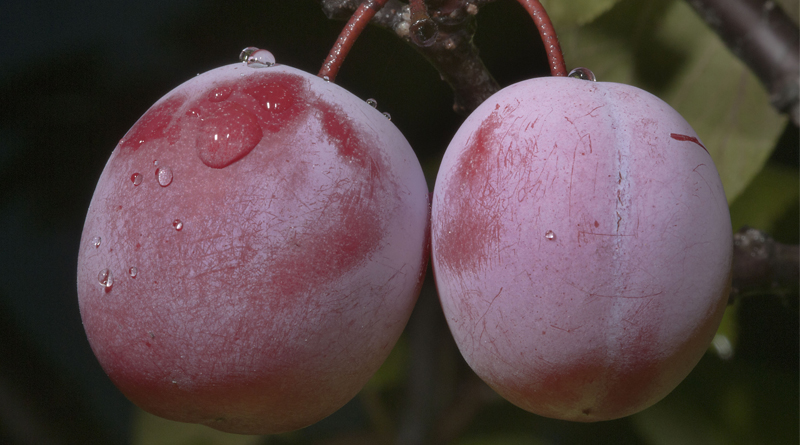A study published in the Journal of Food Science examines the chemical characterization and determines the in vitro and in vivo antioxidant capacity of the Mexican plum (Spondias purpurea L.). Spondias purpurea L. is a fruit native to Mexico, however, it is found as far away as Brazil. It possesses a high commercial potential owing to its sensorial and nutritional qualities and its low cost of production. There exists a variety of ecotypes that have not been characterized and their adequate selection process, according to their strongest functional characteristics, will allow the establishment of improvement programs for this genetic resource.
The researchers set out to determine the chemical characterization and antioxidant activity of seven S. purpurea ecotypes. They observed differences in the antioxidant capacity and the content of functional compounds among all the ecotypes analyzed. The researchers found a high total phenolic content and a low flavonoid and carotenoid content in both the epicarp (outer layer of the fruit) and in the pulp.
In each ecotype, the hydrophilic phase presented up to 40 times greater antioxidant capacity compared to the lipophilic phase. The hydrophilic phase of the epicarp of “Costeña Tierra Colorada” had the greatest antioxidant capacity and highest total phenolic content, whereas “Jocote” presented the lowest antioxidant capacity and total phenolic content. The researchers observed a positive correlation between phenol levels and the antioxidant capacity in the epicarp.
When testing the thermoprotective effect of these extracts in animal model Caenorhabditis elegans (roundworm), it was found that both provided the nematode with protection from thermal stress, even though in the in vitro analysis the extracts from “Jocote” presented the lowest antioxidant capacity. At the highest concentrations of hydrophilic plum extract tested, the nematodes showed higher stress tolerance and health span as demonstrated by the lower loss of mobility.
Source: IFT









